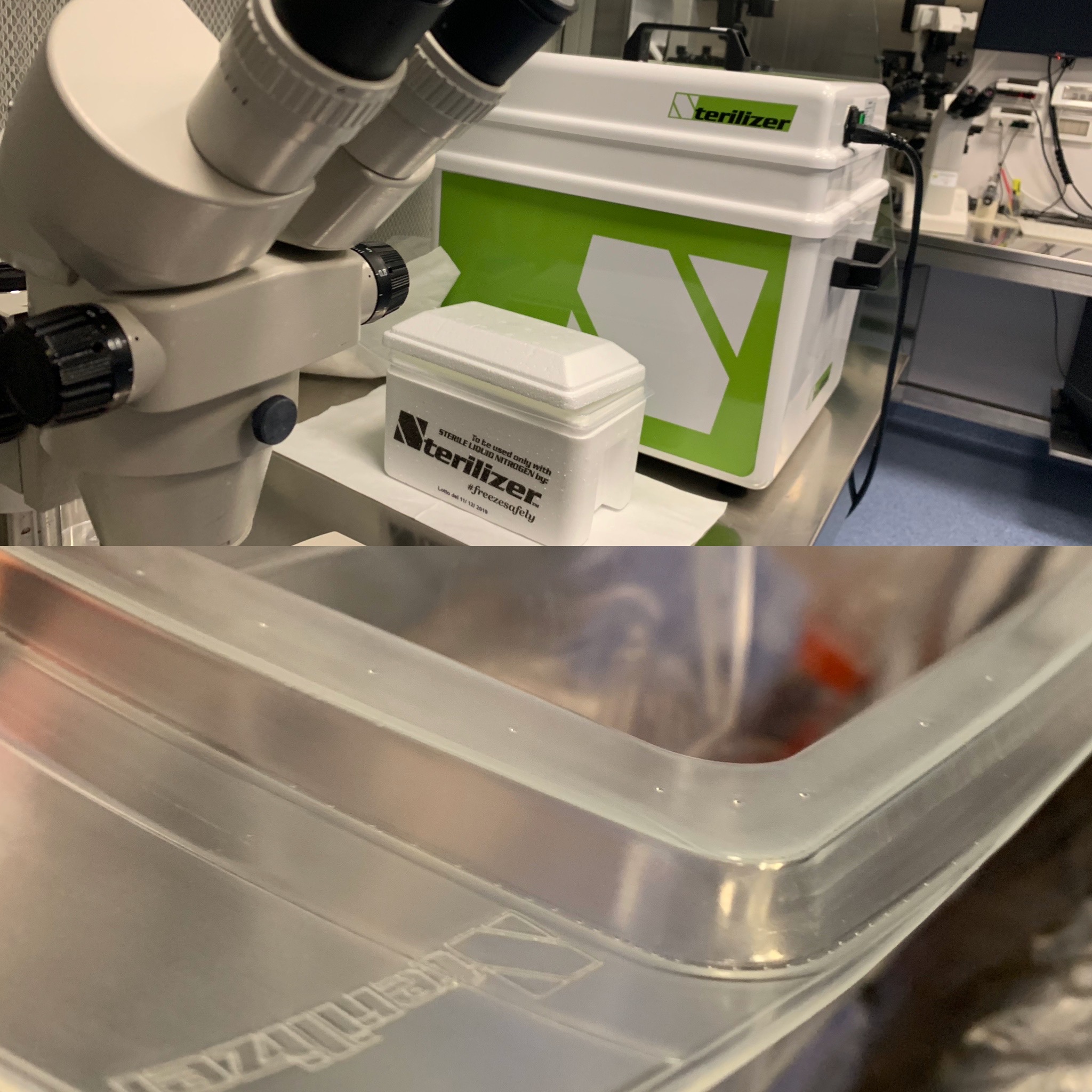In assisted reproductive technology (ART) the maximum efficiency is required. For obvious reasons in term of significant monetary costs for the procedures and the emotional implications of the topic, is mandatory to reduce the preventable risk of failure.
Data about contamination in assisted reproductive technology and the related costs are very interesting, as shown in a recent study published on Journal of Assisted Reproduction and Genetic (JARG) (1).
Microbial contamination jeopardizes the quality of cells and tissues and, so, the success rate of IVF procedures. The impact in term of monetary cost in ART industry is enormous. It can be estimated considering the prevalence of contaminations (about 0.7%, according to literature), the number of IVF cycles per year, and the cost of the IVF procedure.
As stated by national register, approximately 285.000 IVF cycles were carried out in the USA in 2017. Considering the estimated percentage of contamination, nearly 2000 cycles present microbiological contamination with a decline in cells quality and without successful ET in most cases. This implies a mean cost per patient of US$ 10,000 (according to the actual prices in US market) with an overall cost of about US$ 20 millions per year. This estimation does not include ancillary costs for the couples who do not achieve pregnancy due to potentially non-detectable contamination of embryo cultures. Taking this into account, the overall effect is impressive.
In 2017, over 75,000 cycles of IVF were carried out in 119 licensed fertility clinics across the UK where the cost of IVF is around £ 5000 (US$ 6500) per cycle of treatment. Using the same parameters to estimate the cost for microbial contamination in the USA, an overall cost in UK is about US$ 3.4 millions.
In Brazil, on average, each IVF cycle costs R$ 15,000 (US$4000). Considering 36,370 IVF cycles reported in 2017 and the estimated rates of 4.8% of microbial contamination reported in national registers, the total cost of microbiological contamination in ART laboratories and clinics per year reaches nearly R$ 26.1 million (US$7 million), a non-negligible cost for IVF clinics and patients.
Information about the impact of microbial contamination in ART industry worldwide is scarce. Of greater concern, IVF failure has the potential to be an emotionally and financially exhausting experience to patients. Fertility, pregnancy and reproduction represent matters with an extremely high emotional value. In the third millennium, is hard to explain to a couple undergoing ART procedures that the failure in fulfilling the dream of a pregnancy is potentially due to a preventable microbial contamination of embryo culture dish. Moreover, the failure in preservation of good quality embryos for ET delays the possibility to reach a viable pregnancy. This has enormous implication for couple of increasingly higher age, according to the mean age of the women undergoing ART procedures.
Furthermore, longitudinal studies should be carried out to identify possible adverse effects of the presence of microorganism in contact with embryos conceived in vitro, and possible implications to adult life. Meanwhile, new approaches to improve or modify the preparation of gametes should also be discussed. These should be developed with a focus on improving the safety of ART by reducing the subtle and overt contamination impacts in laboratories and embryo cultures. Although the risks might seem minimal, contamination events might have a big impact for a clinic on the long run, especially when the patient physical and emotional well-beings are considered.
Every piece of equipment and all disposables used in human IVF procedures is sterile, except Liquid Nitrogen (LN2). Studies have shown that LN2 too can easily become contaminated, undermining the success of every process. To reduce the risk of contamination, with a huge waste of money, time, and emotional implication of the couples, is important to take into account the possibility to submit even LN2 to a proper sterilization process. NTERILIZER TECHNOLOGY STERILIZES AND CERTIFIES LIQUID NITROGEN. NTERILIZER N-BATH ALLOWS THE EMBRYOLOGISTS TO PERFORM VITRIFICATION AND WARMING WITH STERILE LIQUID NITROGEN!
Reference





